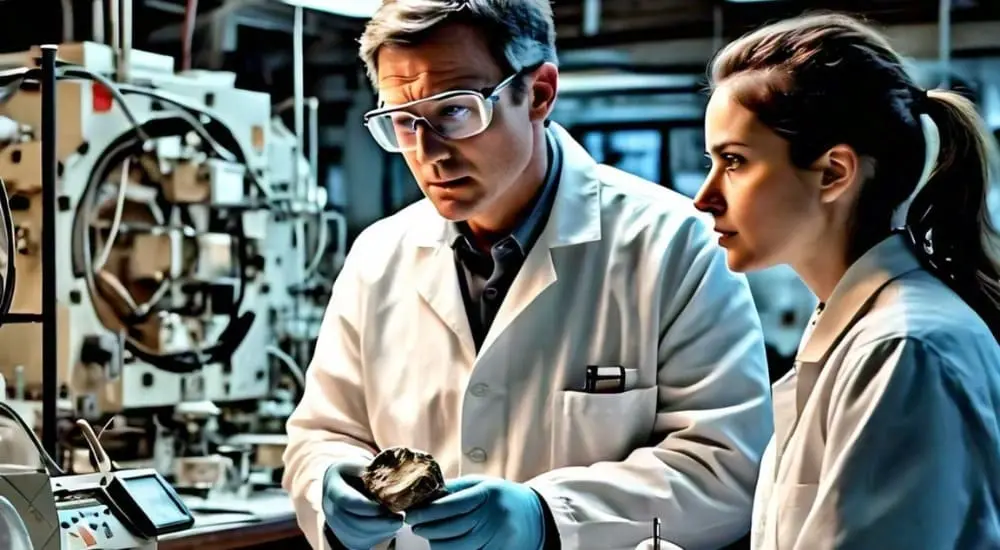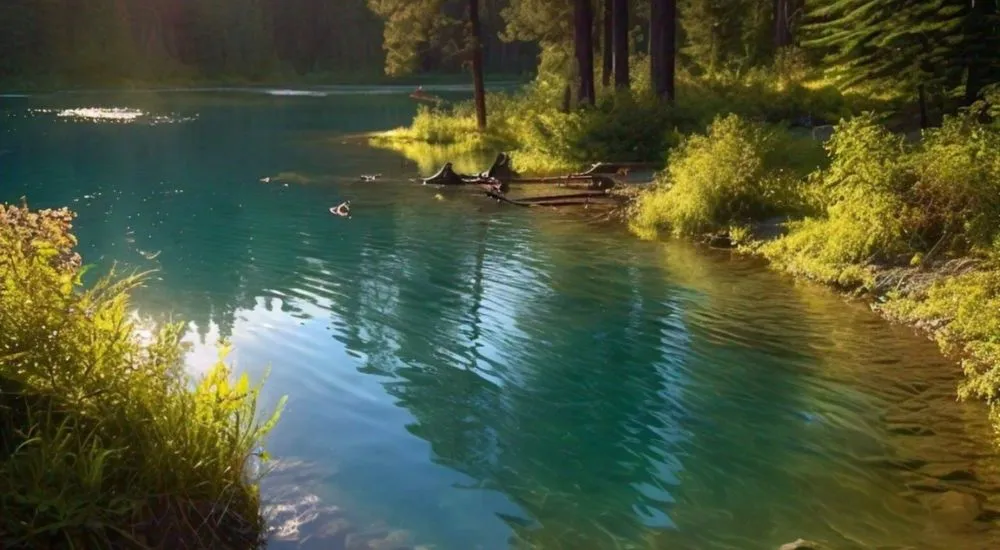16. What is the name of the first human to set foot on the Moon?
(A) Neil Armstrong
(B) Buzz Aldrin
(C) Michael Collins
(D) Yuri Gagarin
(A) Neil Armstrong
Explanation: American astronaut Neil Armstrong became the first human to walk on the Moon at 02:56 GMT on 21 July 1969.
17. What is the name given to the phenomenon when the Moon passes directly between the Earth and the Sun, casting a shadow on the Earth?
(A) Lunar eclipse
(B) Solar eclipse
(C) Penumbra
(D) Corona
(B) Solar eclipse
Explanation: A solar eclipse occurs when the Moon passes between the Earth and the Sun, blocking sunlight from reaching certain areas on Earth.
18. What is the name of the phenomenon when the Moon’s apparent size appears larger than usual, often occurring when it is close to the horizon?
(A) Lunar perigee
(B) Supermoon
(C) Lunar apogee
(D) Micromoon
(B) Supermoon
Explanation: A supermoon refers to the phenomenon when the Moon appears larger and brighter in the sky, often when it is at its closest point to Earth in its orbit.
19. Which phase of the Moon occurs when the entire visible face is illuminated?
(A) New Moon
(B) Full Moon
(C) First Quarter
(D) Third Quarter
(B) Full Moon
Explanation: A full moon occurs when the entire visible face of the Moon is illuminated by sunlight, as seen from Earth.
20. What is the name of the feature on the Moon’s surface created by the impact of a meteoroid or asteroid?
(A) Crater
(B) Maria
(C) Rille
(D) Regolith
(A) Crater
Explanation: Craters on the Moon’s surface are formed by the impact of meteoroids or asteroids, creating depressions of various sizes.
21. What is the term for the movement of the Moon as it orbits around the Earth?
(A) Revolution
(B) Rotation
(C) Precession
(D) Nutation
(A) Revolution
Explanation: Revolution refers to the movement of the Moon as it orbits around the Earth in approximately 27.3 days.
22. Which phase of the Moon occurs when only a small sliver of its surface is visible from Earth?
(A) Full Moon
(B) New Moon
(C) Waxing Crescent
(D) Waning Gibbous
(B) New Moon
Explanation: A new moon occurs when the Moon is between the Earth and the Sun, with its illuminated side facing away from Earth.
23. What is the term for the faint glow visible on the dark portion of the Moon during a lunar eclipse?
(A) Corona
(B) Penumbra
(C) Regolith
(D) Earthshine
(D) Earthshine
Explanation: Earthshine refers to the faint glow on the dark portion of the Moon during a lunar eclipse, caused by sunlight reflected off the Earth.
24. Which feature on the Moon’s surface is believed to be caused by volcanic activity?
(A) Craters
(B) Rilles
(C) Maria
(D) Highlands
(C) Maria
Explanation: Maria are dark, flat plains on the Moon’s surface, believed to be formed by ancient volcanic activity and lava flows.
25. What is the approximate length of a lunar month?
(A) 27.3 days
(B) 29.5 days
(C) 30 days
(D) 31 days
(B) 29.5 days
Explanation: A lunar month, also known as a synodic month, is approximately 29.5 days, the time it takes for the Moon to complete one cycle of phases as seen from Earth.
26. Which theory suggests that the Moon formed from debris ejected during a collision between Earth and a Mars-sized object?
(A) Nebular theory
(B) Fission theory
(C) Giant impact theory
(D) Accretion theory
(C) Giant impact theory
Explanation: The giant impact theory proposes that the Moon formed from the debris ejected when a Mars-sized object, called Theia, collided with the early Earth.










